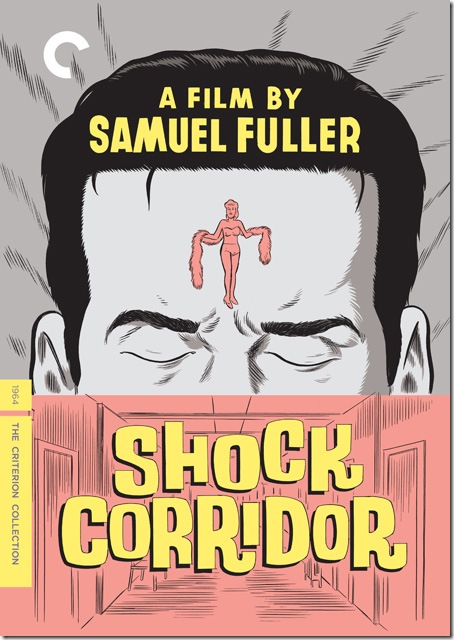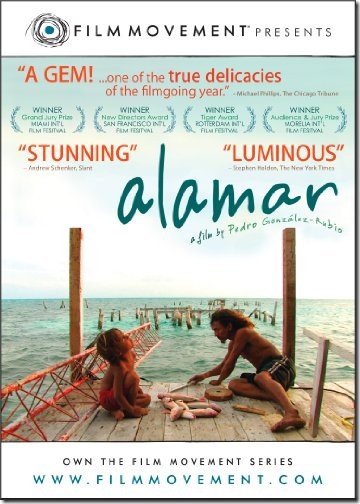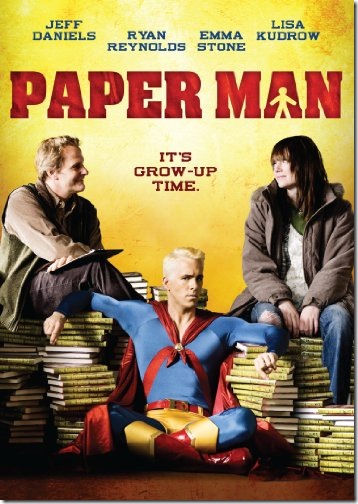Shock Corridor and The Naked Kiss (Criterion)
Release date: Jan. 18
Standard list price: $21.99 each
In all the documentaries and video interviews made about the work of the great director Samuel Fuller, the movie referenced more than any other is not even made by Fuller. It’s a scene from Pierrot le fou, Jean-Luc Godard’s manic farrago from 1965. Fuller, in at the time in real life inching toward his ostracization from Hollywood, cameos as himself, stationed in Paris to film a picture. Asked by Jean-Paul Belmondo what makes a movie, Fuller responds “A film is like a battleground. It’s love, hate, action, violence, death. In one word: emotions.”
Fuller’s concise summarization isn’t everyone’s definition of cinema, but it’s shorthand for his entire body of work: A bruising 30-film oeuvre bristling with intensity and broadcasting from society’s corroded fringes.
A virtual nobody when he was most active in Hollywood (under Darryl Zanuck’s employ), it took the recognition of French polemicists like Godard and Francois Truffaut to recognize what critics in Fuller’s own country of origin didn’t see. Now he’s more or less a household name in cinema studies (in Noah Baumbach’s Kicking and Screaming, a character applying for a job at a video store is asked by the proprietor, “Who are your influences?” He nervously replies, “Samuel Fuller … all the good ones…”).
Retrospectives and revivals of his work are common in big cities. I saw my first two Fuller titles – Shock Corridor and The Naked Kiss, made at the end of his studio run – while studying cinema in college. At the time, they were all that was available on DVD. Criterion, the distributor responsible for these early releases, has just reissued both of these epochal titles, in better transfers than before and stocked with juicy extras.
Looking at Shock Corridor a second time, it’s even more brilliant than I remember it. The movie centers on Johnny (Peter Breck,) a journalist angling for a Pulitzer. His plan is to fake insanity so that he can be committed to a mental hospital and solve a murder that has stumped local authorities. As Johnny subtly interrogates the three suspected patients – a man who believes he’s a Confederate general, a self-loathing black racist donning Klan raiment, and a former nuclear physicist reduced to the intellectual capacity of a child – it’s not long before he loses his grip on reality as well.
Fuller’s genius touch in this disturbing, low-budget, black-and-white freak-out is the way he makes his characters’ subjective insanity our objective, onscreen reality. He floods the film’s soundtrack with the bombastic arias blaring in the head of Johnny’s roommate, a dime-store Pavarotti; another patient’s shell-shocked, Technicolor visions of Japanese locales fill the movie’s frame. Their disease becomes our own, and the results are too tragic to be exploitative.
With Shock Corridor, Fuller used the platform of a Hollywood mystery to examine the long-term of effects of brainwashing to incite bigotry and mental corrosion. It’s one of any number of Fuller pictures that confronts the cancer of racial animus in America, a sensitive indictment buried underneath a violent, in-your-face style.
The impassioned melodrama The Naked Kiss, released a year later, picks up where the bonkers Shock Corridor left off. The movie is home to one of the most unforgettable whiz-bang prologues ever filmed: A bald prostitute beats the daylights out of her pimp – and the camera itself, and we the audience – with her purse, a pummeling stanza scored to the jittery wails of hot jazz. But Kelly (Constance Towers), the shaved-headed protagonist in question, is no ordinary hooker. She can quote Byron and Goethe at the drop of a hat, and she wants to get out of the business. This proves easier said than done. Despite a new hospital job nursing disabled children, her damaged past catches up with her.
The Naked Kiss is one of the oldest mainstream films in history to imply an act of child molestation by a pedophile – a revelation rendered in a crescendo-building series of close-ups that still has the power to shock today. All in a day’s work for Fuller, who once again uses his medium to expose the rot at humanity’s core.
Bonus features on these discs include new interviews with Constance Towers, interviews with Fuller on French television in 1967 and 1987 and new illustrations by cartoonist Daniel Clowes. The best of them all is the unorthodox 1996 documentary The Typewriter, the Rifle and the Movie Camera, about Fuller and his career. The film reveals how Fuller’s experiences in newsrooms and on battlefields directly informed his narratives, and it features a host of movie directors admiring Fuller’s influence.
Martin Scorsese waxes beautifully about Fuller’s inspirational formal qualities, while Tim Robbins and Quentin Tarantino are granted full access to Fuller’s home, where they fondle his movie detritus. It’s a surreal moment of one generation’s maverick passing the torch to another.
Alamar (Film Movement)
Release date: Jan. 11
SLP: $22.49
Shot on location on Mexico’s environmentally bounteous Banco Chinchorro coral reef, Pedro Gonzalez-Rubio’s Alamar is a miniature epic of atmosphere and emotion, as simple in story as it is deep in suggestion. The plot is minimal: Shortly after a parental divorce, a child leaves his mother in Rome to take a maritime journey with his father, whose own dad is a local fisherman who makes a living lobster-diving off the reef. As the child absorbs the foreign lifestyle, what begins as a wordless relationship with his estranged father flourishes into a loving companionship, despite – or perhaps because of – their looming separation at the film’s end. There is no manipulation or dramatic tension; the only suspense is whether the child will be reunited with a friendly egret. Alamar is more of a lyrical tone poem than narrative feature. Every shot is a self-contained work of art, meticulous in composition while still allowing for the beauty of life to flow, unpredictably, in front of Gonzalez-Rubio’s documentary-like lens. You get the feeling that the filmmaker’s immersion into the land, its local citizens and their workaday customs is as much a voyage of discovery for the director as it is the child in the movie – a sort of Robert Flaherty ethnographic doc filmed in the style of the Dardenne Brothers. However Gonzalez-Rubio managed to pull it off, it’s a miraculous achievement.
Paper Man (MPI)
Release date: Jan. 18
SLP: $16.99
Between The Squid and the Whale and The Answer Man, Jeff Daniels has looked awfully good on a fictional book jacket of late; he’s once again typecast as a cranky, reclusive author in Paper Man, the feature debut by writer-directors Kieran and Michele Mulroney. This time, he plays Richard Dunn, a writer of pretentious literature who is embarking on a small-town retreat and pseudo-separation from his wife Claire (Lisa Kudrow) to work on an epic novel about an endangered species of fowl. Delusional and marginally functioning, he still communicates with an imaginary friend from his childhood – a cape-donning, bleached-blonde superhero played with inspired mirth by Ryan Reynolds. Richard’s life changes when he meets Abby (Emma Stone), a local teen with a history of personal trauma that trumps his own quotidian angst.
Given that it’s divided equally between cult-cinema absurdity and the warm uplift of mainstream dramedy, Paper Man works a lot better than you might expect, earning great comic mileage from the charm of its charismatic leads and the Mulroneys’ witty screenplay. Some of the two-dimensional supporting characters, such as Abby’s over-the-top ass of a boyfriend, function only as, well, flimsy paper men for the audience to jeer accordingly, and as with most movies about writers, the literature read onscreen isn’t as profound as it’s intended to be. But this sweet bit of self-help cinema has a lot to say about forgiveness, redemption and shedding the growth-stunting baggage of the past, with corny platitudes kept thankfully to a minimum.
Catfish (Universal)
Release date: Jan. 4
SLP: $18.99
This DIY documentary begins with a look at an unusual pen-pal relationship between Nev Schulman, a 24-year-old photographer from New York, and an 8-year-old Michigan girl named Abby, who makes masterful paintings from many of Nev’s photographs. Eventually, the two connect on Facebook, which is where Nev meets Abby’s family, including her model-beautiful 19-year-old sister Megan. Just as a long-distance romance begins to bloom online, Nev notices that some things about the family simply don’t add up, so he and his brother and best friend – filmmakers Ariel Schulman and Henry Joost – travel to Michigan to uncover the truth. To reveal any more of the plot would be to spoil an initially compelling mystery that couldn’t be more relevant to our times.
On the surface, Catfish is accomplished filmmaking, but the more you think about it, the more questions it raises about the filmmakers’ decisions and motivations. The filmmakers swear their remarkable story is 100 percent fact, though much of the revelatory information we receive is presented dubiously, leading many critics and audiences to doubt the directors’ fidelity to the truth. That’s because there’s something, well …. fishy about the final product, like we’ve been sold a bill of goods. Listening to the movie’s makers chat about Catfish on the DVD’s bonus features actually decreases the film’s appeal, as it shows how much better, and more raw, this expose of Internet deception could have been.



